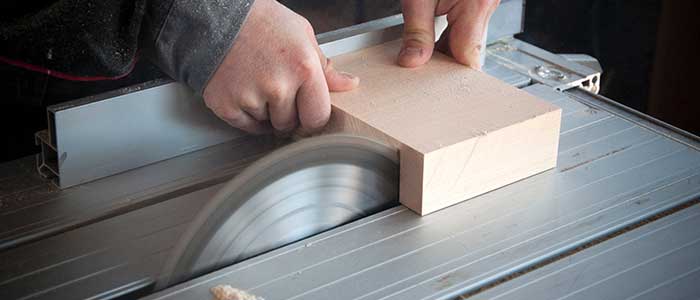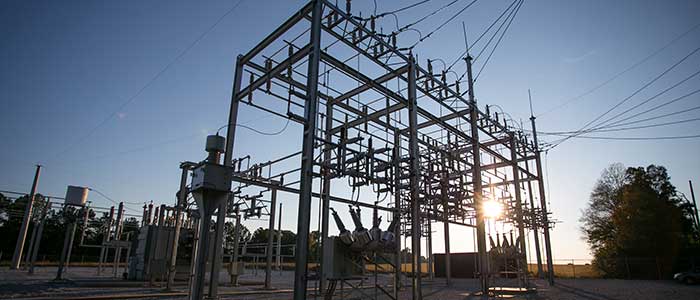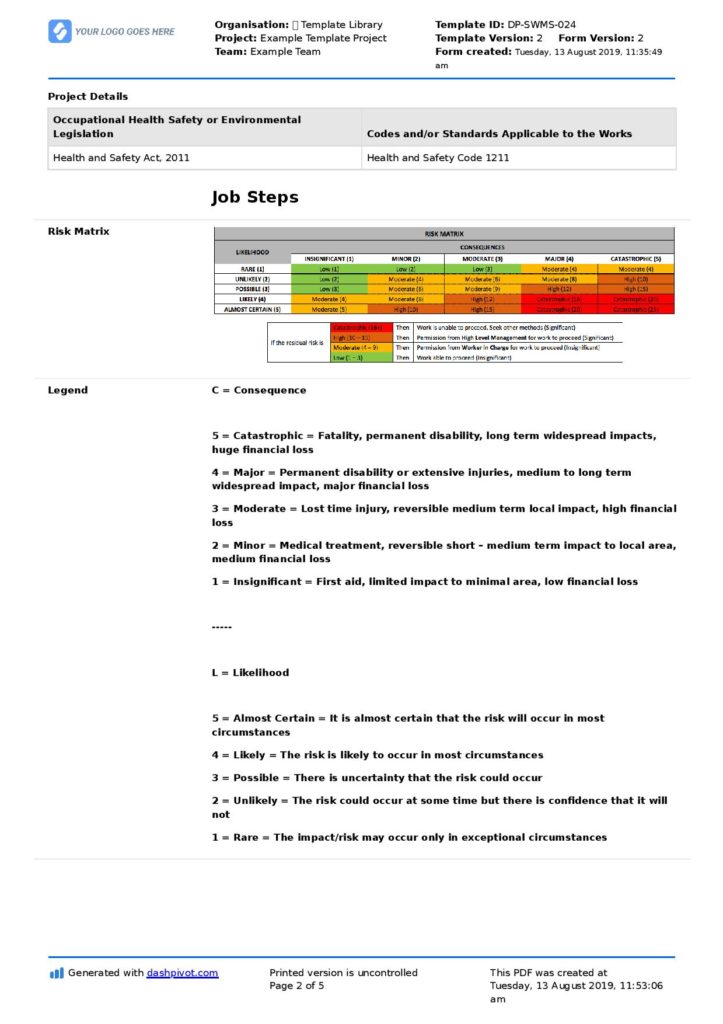Waterproofing Safe Work Method Statement Template (SWMS)
Start with a free 30-day trial. No credit card required.

~10,000 employees
~500 employees
~10 employees
~25,000 employees
~200 employees
~1,500 employees
~1,500 employees
What is a Safe Work Method Statement for Waterproofing?
Waterproofing isn't the most obvious high risk construction activity, but it involves a number of hazards and risks which need to be properly documented and controlled through a safe work method statement.
A waterproofing SWMS shares all of the commonalities with other method statements, including the opening sections for basic information and procedural steps before delving into the job steps, hazards and control measures associated with water proofing.
Preview this Waterproofing SWMS and its smarts below
When do you need a Safe Work Method Statement for Waterproofing?
Waterproofing might just seem like a non-risky task, but it's more than just block water from coming in through walls, floors, or roofs. You're also managing moisture, to avoid molds from growing, which eventually affects materials and the health of tenants. You're preventing structures from being damaged by water over time., so it's also a complicated type of task in itself.
If the waterproofing job you're doing checks out any of the categories under the high-risk construction work (HRCW), then you need to make a SWMS dedicated for it. Here are indicators:
- If your waterproofing job is at least 2 meters above the ground
- If you're working underground (trench/shaft/hole) deeper than 1.5 meters
- If you're waterproofing in a confined space with limited airflow
- If you're dealing with hazardous chemicals (depending on the type of spray you're using)
- If you're working near electrical risks (usually on rooftops near electrical cables)
It's essential to check first if any of the categories under HRCW are applicable to your waterproofing job, ensure to identify first the hazards and risks, and if anything checks, you need to create your own SWMS.
What key components should be included in a Waterproofing SWMS?
There's no mandated template or structure to follow for a SWMS for Waterproofing, for as long as the necessary indicated contents are included as per your local regulations/standards/guidelines. How you arrange your template may differ depending on the company policies, or just preference.
Here are the key components in a Waterproofing SWMS:
- Indicate how the waterproofing job falls under the high-risk construction work (HRCW) for it to necessary to have a SWMS
- Hazard/risk assessment and control measures (make sure they are aligned with the HRCW; all potential hazards/risks must be identified)
- How to do waterproofing safely: detailed step-by-step instructions to make sure the workers are safe, including the proper tools, PPEs, and emergency procedures
When should you review and update a SWMS?
Remember, SWMS are not one-time documents. They're live – they to be reviewed regularly and updated whenever necessary. Here are reminders of when you need to stay on top of your Waterproofing SWMS:
- Each waterproofing job means new methods, environment, materials, hazards, and risks. Don't just copy-paste the contents from the previous waterproofing SWMS. Create a new one that reflects the conditions of your current waterproofing job – just use the old one as basis.
- If suddenly the working conditions change, like you're going to be working at a different height or there are unknowingly hazardous chemicals to work around
- If an accident or a near miss unfortunately happens during the waterproofing work, then you need to review and update the SWMS to make your safety measures stricter.
- Naturally, you need to review and update your SWMS if the company policies or even the local laws change. SWMS should always be aligned to the latest industry standards and best practices.
Other popular templates you can use and edit for free

Safe Work Method Statement for Plumbing
Ensure all of your qualified plumbers are also up to speed on the hazards and control measures in place to make plumbing activities safer.

Safe Work Method Statement for Carpentry
Keep workers performing carpentry work safer, and all of your SWMS for carpentry records more structured using this template.

Safe Work Method Statement for Electrical Works
Modify this electrical works SWMS template to suit your own type and approach to electrical works.
This SWMS was generated with Dashpivot Software
This waterproofing SWMS is free and editable to use, and makes your SWMS much easier to manage. Ensure your waterproofing efforts are structured and reliable with a good and smart safe work method statement – better than your traditional SWMs documents:
- Access and sign off on the safe work method statement from any mobile, tablet or computer.
- Ensure everyone is always reading and working off the same latest version of the SWMS by using a cloud-based SWMS.
- Download, print or send any of your waterproofing or other SWMS records as privately branded PDF or CSV documents.
- Tailor and edit any of the SWMS template with easy drag-and-drop functionality to better suit your safety requirements and needs.
Sitemate builds best-in-class software tools for built world companies.




